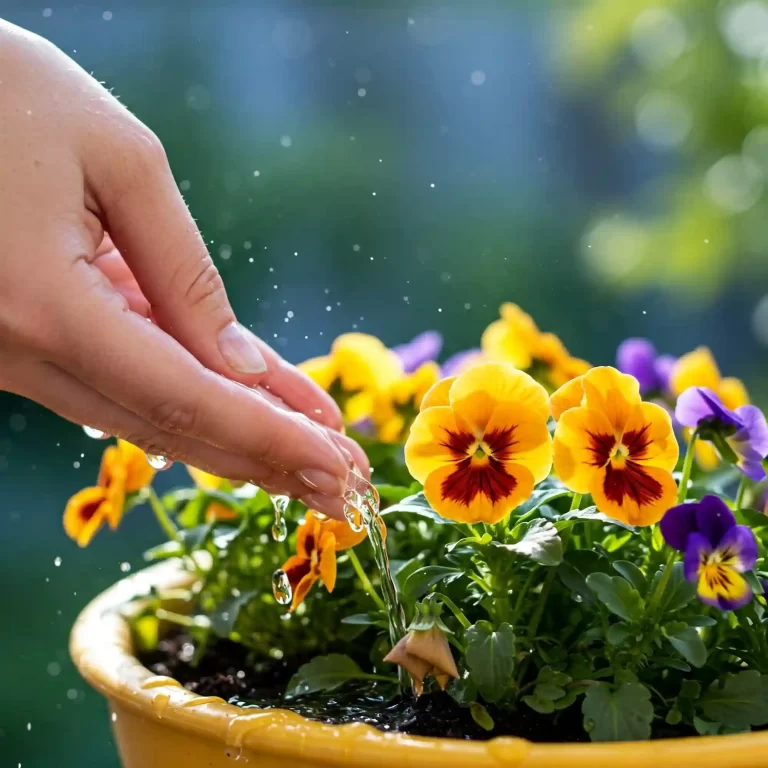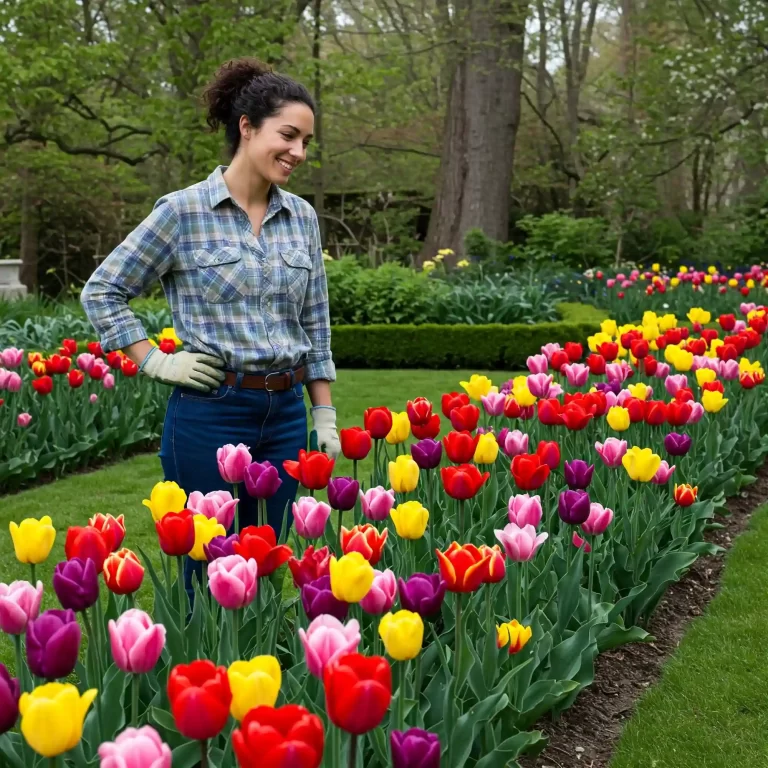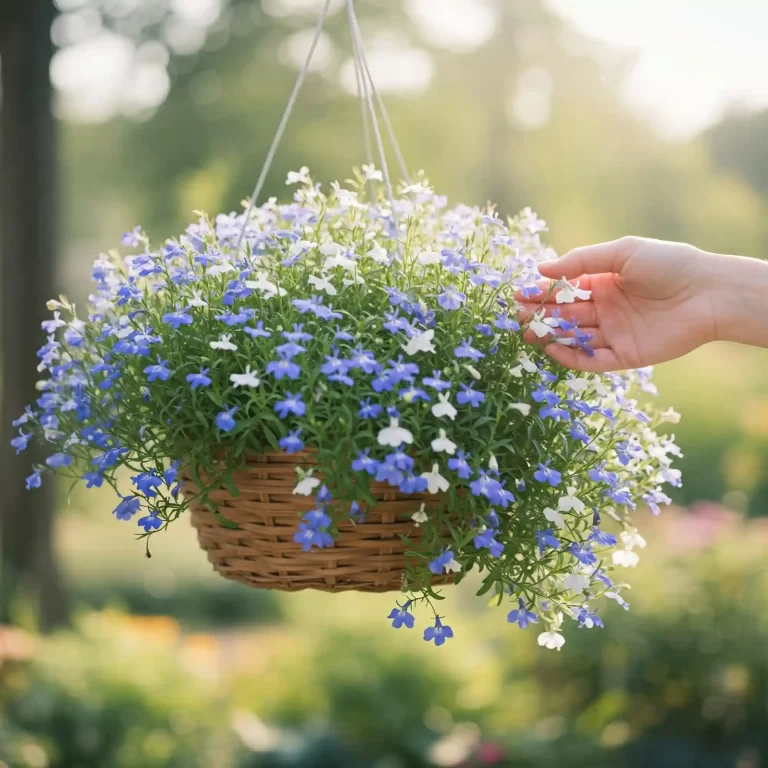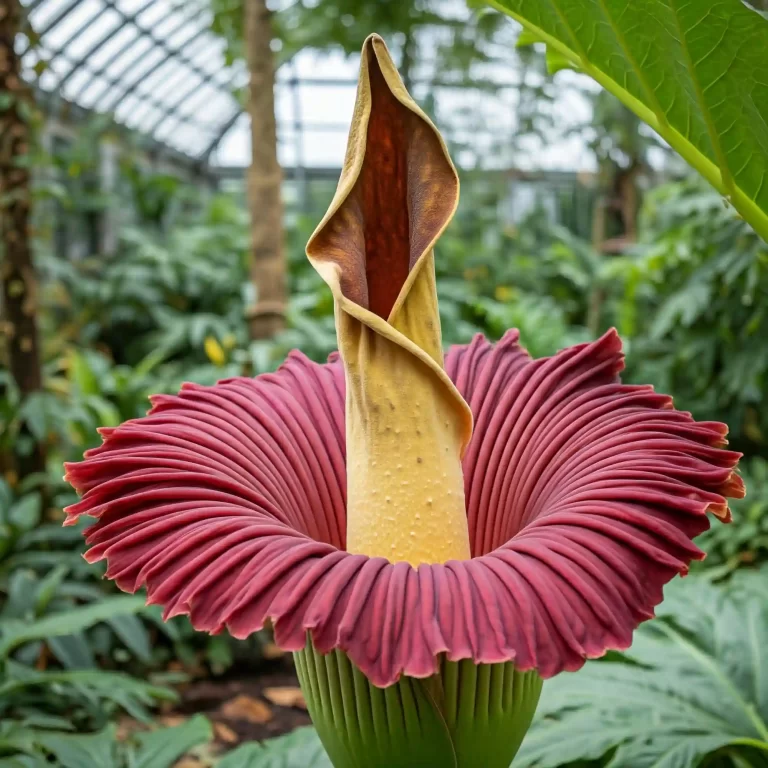Single daisies, with their cheerful faces and vibrant colors, are a delightful addition to any garden. Their simple elegance and easy-going nature make them perfect for both seasoned gardeners and enthusiastic beginners. This comprehensive guide will equip you with all the knowledge you need to cultivate a flourishing display of single daisies in your own backyard!
Unveiling the Magic of Single Daisies

Single daisies, belonging to the genus Bellis, are herbaceous flowering plants native to Europe and North Africa. Unlike their double-flowered counterparts, they boast a single ring of vibrant petals surrounding a bright yellow center disc. These charming blooms come in a range of captivating colors, including white, yellow, pink, and red, adding a pop of color and a touch of whimsy to any garden space.
Beyond their aesthetic appeal, single daisies possess a surprising level of resilience. They thrive in various conditions, making them ideal for gardeners in different climates. Additionally, their nectar-rich centers attract beneficial pollinators like butterflies and bees, fostering a healthy and vibrant ecosystem in your garden.
Selecting the Perfect Location for Your Daisies
Choosing the right location is the foundation for growing healthy and thriving single daisies. Here are some key factors to consider:
- Sun Exposure: Single daisies require ample sunlight to flourish. Aim for a location that receives at least 6-8 hours of direct sunlight daily.
- Soil Quality: Well-draining soil is crucial for single daisies. Sandy soil may benefit from the addition of compost to improve moisture retention. Conversely, clay soil might require drainage rocks to prevent waterlogging.
- Wind Protection: Taller daisy varieties can become susceptible to wind damage. Consider planting them in a sheltered location or providing additional support with stakes.
Common Single Daisy Varieties and Their Sunlight Requirements
| Variety | Sunlight Requirement |
| Swan River Daisy | Full Sun |
| Bachelor’s Buttons | Full Sun |
| Moonshadow Daisy | Full to Partial Sun |
By carefully selecting a site that meets these requirements, you’ll be setting your single daisies up for optimal growth and abundant blooms.
Planting Your Daisies: Seeds or Transplants?
There are two primary methods for establishing single daisies in your garden: planting seeds directly outdoors or using pre-grown transplants. Both methods have their merits, and the best approach depends on your preferences and gardening experience.
- Planting Seeds:
- This method offers greater variety and allows you to witness the entire growth cycle of your daisies.
- Sow seeds directly outdoors in early spring once the soil temperature reaches a consistent 70°F (21°C).
- Scatter seeds thinly on the soil surface, press them gently, and cover them lightly with a thin layer of soil.
- Germination typically occurs within 10-14 days.
- Planting Transplants:
- This method is quicker and allows you to enjoy blooms sooner.
- Purchase healthy single daisy seedlings from your local nursery.
- Opt for spring or fall planting to ensure optimal growing conditions.
Here are some additional tips for successful planting:
- Spacing: Refer to the specific spacing recommendations for your chosen daisy variety. Generally, leave enough space between plants to allow for proper air circulation and growth.
- Watering: Water your newly planted daisies thoroughly to ensure good soil contact with the roots.
- Mulching: Apply a layer of organic mulch around your daisies to retain moisture, suppress weeds, and regulate soil temperature.
Nurturing Your Daisies for Abundant Blooms
Once your single daisies are established, providing them with proper care will encourage vigorous growth and continuous flowering. Here’s what you need to know:
- Watering: Water your daisies regularly, especially during hot and dry periods. Aim to keep the soil consistently moist but not soggy.
- Fertilization: Apply a balanced fertilizer once a month during the growing season, following the recommended dosage on the product label.
- Deadheading: Deadheading, or removing spent blooms, promotes continuous flowering. Simply pinch off the wilted flower head just below the stem.
Common Daisy Pests and Management Strategies
| Pest | Signs of Damage | Management Strategies |
| Aphids | Small, soft-bodied insects that suck sap from leaves, causing them to curl and distort. | Encourage natural predators like ladybugs and lacewings by planting companion flowers. Alternatively, use insecticidal soap or neem oil spray. |
| Slugs and Snails | Leave slimy trails and chew holes in leaves and flowers. | Apply organic slug and snail bait around your daisy plants. You can also create traps using shallow containers filled with beer. |
- Disease Prevention: Proper watering practices and maintaining good air circulation around your daisies can help prevent fungal diseases like powdery mildew.
By following these simple care guidelines, you can ensure your single daisies thrive and reward you with a stunning display of blooms throughout the season.
Enjoying the Rewards: Harvesting and Using Single Daisies
Single daisies offer a delightful bounty beyond their visual charm. Here’s how you can reap the rewards of your gardening efforts:
- Harvesting: Single daisy blooms are ready to be harvested when the petals are fully open and the center disc is bright yellow. Use sharp shears or pruners to cut the stem just below the flower head.
- Vase Life: Single daisies can last up to a week in a vase if properly cared for. Fill a vase with clean, cool water and add a few drops of flower food to extend their lifespan.
- Crafting and Cooking: Single daisies can add a touch of beauty and whimsy to floral arrangements and potpourri blends. Additionally, their edible petals can be used to garnish salads or add a pop of color to cakes and cookies.
Remember: Always harvest single daisies responsibly, leaving enough blooms on the plant to continue flowering.
Conclusion: A Flourishing Symphony of Single Daisies in Your Garden
By incorporating the knowledge and techniques outlined in this guide, you can cultivate a thriving haven of single daisies in your garden. Their cheerful presence will brighten your space, attract beneficial pollinators, and provide you with endless opportunities for enjoyment. So, embrace the magic of single daisies and let them paint your garden with a symphony of color and charm!



